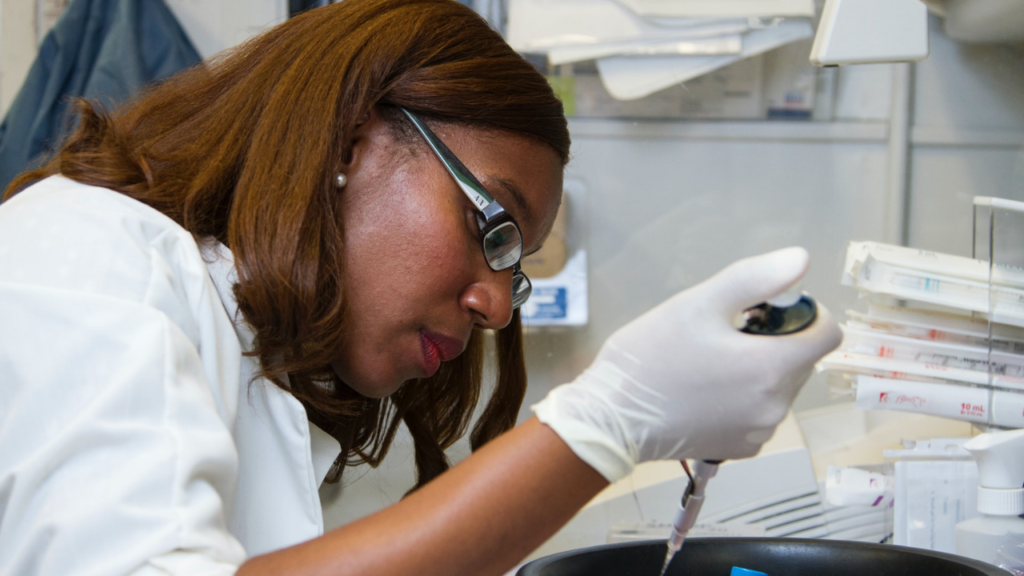The evolution of clinical research traverses a long and fascinating journey. The recorded history of clinical trials goes back to the biblical descriptions in 500 BC. The journey moves from dietary therapy – legumes and lemons – to drugs. After the basic approach of the clinical trial was described in the 18th century, efforts were made to refine the design and statistical aspects. These were followed by changes in the regulatory and ethics milieu. This article captures the major milestones in the evolution of clinical trials.
The world’s first clinical trial is recorded in the “Book of Daniel” in The Bible.1 This experiment resembling a clinical trial was not conducted by medical personnel, but by King Nebuchadnezzar a resourceful military leader.1 During his rule in Babylon, Nebuchadnezzar ordered his people to eat only meat and drink only wine, a diet he believed would keep them in sound physical condition.1 But several young men of royal blood, who preferred to eat vegetables, objected. The king allowed the rebels to follow a diet of legumes and water — but only for 10 days. When Nebuchadnezzar’s experiment ended, the vegetarians appeared better nourished than the meat-eaters, so the king permitted the legume lovers to continue their diet.1 This probably was one of the first times in the evolution of the human species that an open uncontrolled human experiment guided a decision about public health.
Avicenna (1025 AD) in his encyclopedic Canon of Medicine describes some interesting rules for the testing of drugs. 2 He suggests that in a clinical trial a remedy should be used in its natural state in disease without complications. He recommends that two cases of contrary types are studied and that study be made of the time of action and of the reproducibility of the effects.2 These rules suggest a contemporary approach for clinical trials. However, there seems to be no record of the application of these principles in practice.
The first clinical trial of a novel therapy was conducted accidentally by the famous surgeon Ambroise Pare in 1537.1,3 In 1537 while serving with the Mareschal de Motegni he was responsible for the treatment of the battlefield wounded soldiers. As the number of wounded was high and the supply of conventional treatment – oil was not adequate to treat all the wounded, he had to resort to unconventional treatment. Here is an excerpt in his own words:
My oil lacked and I was constrained to apply in its place a digestive made of yolks of eggs, oil of roses and turpentine. That night I could not sleep at any ease, fearing that by lack of cauterization I would find the wounded upon which I had not used the said oil dead from the poison. I raised myself early to visit them when beyond my hope I found those to whom I had applied the digestive medicament feeling but little pain, their wounds neither swollen nor inflamed, and having slept through the night. The others to whom I had applied the boiling oil were feverish with much pain and swelling about their wounds. Then I determined never again to burn thus so cruelly the poor wounded by arquebuses’.2

However, it would take another 200 years before a planned controlled trial would be organized. James Lind is considered the first physician to have conducted a controlled clinical trial of the modern era.1–4 Dr. Lind (1716-94), whilst working as a surgeon on a ship, was appalled by the high mortality of scurvy amongst the sailors. He planned a comparative trial of the most promising cure for scurvy.1–4 His vivid description of the trial covers the essential elements of a controlled trial.
Lind describes his experience:
On the 20 May 1747, I selected twelve patients in the scurvy, on board the Salisbury at sea. Their cases were as similar as I could have them. They all in general had putrid gums, the spots, and lassitude, with weakness of the knees. They lay together in one place, being a proper apartment for the sick in the fore-hold; and had one diet common to all, viz. water gruel sweetened with sugar in the morning; fresh mutton-broth often times for dinner; at other times light puddings, boiled biscuit with sugar, etc., and for supper, barley and raisins, rice and currants, sago and wine or the like. Two were ordered each a quart of cider a day. Two others took twenty-five drops of elixir vitriol three times a day … Two others took two spoon-full of vinegar three times a day … Two of the worst patients were put on a course of sea-water, two others had every two oranges and one lemon given them every day … The two remaining patients took an electary recommended by a hospital surgeon … The consequence was that the most sudden and visible good effects were perceived from the use of oranges and lemons; one of those who had taken them, being at the end of six days fit for duty … The other was the best recovered of any in his condition; and … was appointed to attend the rest of the sick. Next to the oranges, I thought the cyder had the best effects …”
Dr. James Lind’s “Treatise on Scurvy” published in Edinburgh in 1753
Although the results were clear, Lind hesitated to recommend the use of oranges and lemons because they were too expensive.3 It was nearly 50 years before the British Navy eventually made lemon juice a compulsory part of the seafarer’s diet, and this was soon replaced by lime juice because it was cheaper.
Lind’s Treatise of 1953, was written while he was resident in Edinburgh and a Fellow of the Royal College of Physicians, contains not only his well-known description of a controlled trial showing that oranges and lemons were dramatically better than the other treatments for the disease, but also a systematic review of previous literature on scurvy.5
In 2003, the Royal College of Physicians established The James Lind Library to commemorate the 250th anniversary of the publication of Dr. Lind’s pioneering contribution “Treatise on Scurvy”. The James Lind Library was created to improve the public and professional general knowledge about fair tests of treatments in healthcare and their history.5
This online library introduces visitors to the principles of fair tests of treatments, with a series of short, illustrated essays. In 2003, Scientific American awarded the Library a Sci/Tech web award. The popularity of the James Lind Library made 20 May to be designated International Clinical Trials Day because James Lind’s celebrated controlled trial began on that day in 1747.
Reference: https://www.ncbi.nlm.nih.gov/pmc/articles/PMC3149409/#ref5



